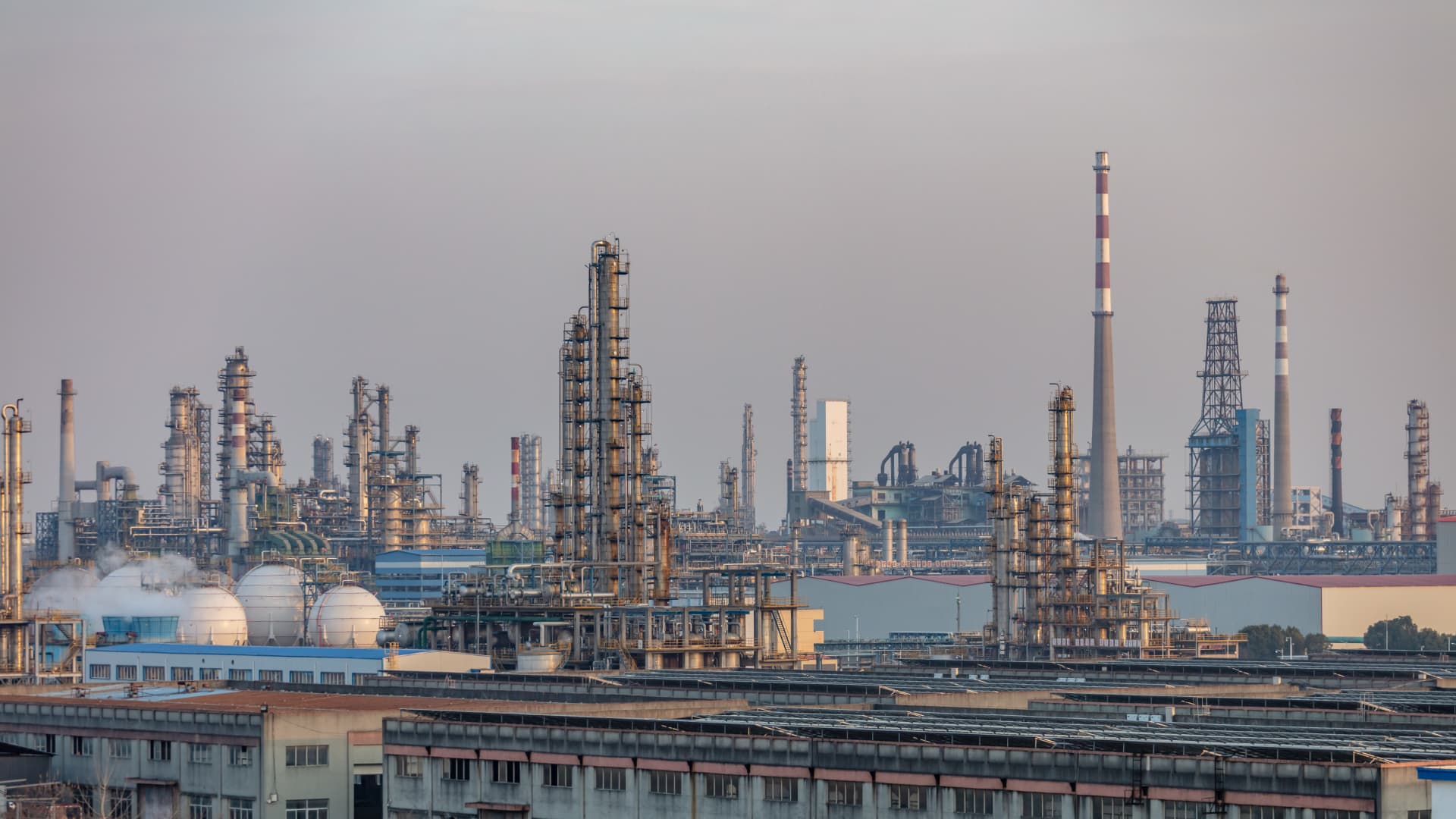China’s demand for oil could peak by the end of the decade — and with its economic recovery still in limbo, can global oil markets continue to rely on China?
“For 20 years, the oil market is dependent on China, China, China, supporting the markets. The story is coming to an end,” said Facts Global Energy’s Chairman Fereidun Fesharaki at a recent energy conference.
He predicted that China’s demand for oil will peak in the next three to five years.
“In the global [oil] markets, we have to look at countries like India, or other empires to create the resilience on the demand side,” Fesharaki added.
Similarly, Wood Mackenzie expects China’s oil demand to peak by 2027, after which an extended fall in demand for crude will follow.
“China’s oil demand peaks by 2027 and thereafter [will turn] to a long-term decline as the country actively pursues energy transition … and as the general economic growth slows down in the longer term,” Shiqing Xia, oil and chemicals consultant at Wood Mackenzie, told CNBC.
Outside of China, overall oil demand in India and other emerging economies in Southeast Asia [will] continue to grow through the early 2040s.Shiqing Xiaoil and chemicals consultant, Wood Mackenzie
In 2020, China set targets to be carbon neutral by 2060, and said it will strive for peak carbon emissions by 2030.
Like Fesharaki, Xia expects India to make up for China’s crude demand.
India is set to overtake China as the largest oil demand growth center toward the end of the decade, said the research director.
“Outside of China, overall oil demand in India and other emerging economies in Southeast Asia [will] continue to grow through the early 2040s,” she added.
“For the next two decades, Asia’s growth engine will be India and Southeast Asia,” she projected.
India’s economy grew 7.8% in the quarter ending June, marking the fastest pace of growth in a year. The country is also widely expected to become the third largest economy by 2030.
According to the International Energy Authority, coal still holds the largest component of China’s energy mix at 55%. Petroleum and other liquids account for 19%, while cleaner burning fuels make up relatively smaller shares.
“However, natural gas, nuclear power, and renewable energy consumption steadily increased between 2001,” IEA noted in the report dated late 2022.
Perhaps in a few decades?
Not everyone agrees that China’s oil demand will peak soon. Some analysts are of the view that the timeline will be more than a few years — perhaps even decades.
“China has a net-zero carbon emission goal by 2060, which is by when I expect its crude demand to ease as it gradually heads towards that [deadline],” said director of LSEG Oil Research in Asia, Yaw Yan Chong.
Yaw highlighted that China’s crude oil imports are primarily refined into diesel and gasoline, which will become less essential in China due to the “quite explosive” growth in EV adoption this year. As for power generation, he noted that China uses “mostly coal and very little oil.”
Likewise, another analyst is of the view that without any significant technological innovation, China’s oil demand will not stop for the next 20 to 30 years.
“Short of major gas discoveries or technology breakthroughs in renewable or alternative energy, we do not expect China’s demand growth for oil coming to an end for at least another two to three decades, though the rate of demand growth may slow,” said Bob McNally, president of Rapidan Energy Group.
